If the erratic, hot then wet weather wasn’t enough, temperatures have fluctuated the past few days with night time temperatures becoming much cooler in some parts of the state and region. With this comes the potential for cold injury on spring planted crops. Cold injury can take may different shapes on affected plants and developing fruit.
In some cases, symptoms may show up on the newest growth as a result of non-lethal injury to meristematic tissue, in pepper and tomato, new growth may be distorted with misshapen leaves. In some cases, new leaves may have a mottled, or mosaic look much like a plant infected with a mosaic virus. In these instances, plants will grow out of the problem.
In cucumber, symptoms on maturing fruit appear as brownish-tan areas on the epidermis of fruit. The fruit will also show cracking as if it has a dry rot. The effects are physiological where areas of young developing fruit got chilled by the cold night time temperatures.
We have collected a few images below of cold injury from crops from this spring.
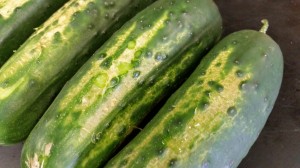
Cold injury on cucumber fruit. The initial damage was done a few weeks ago while the fruit was very young.
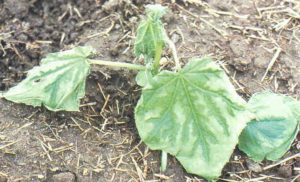
Cold injury on young cucumber plant (Photo: M. Casella)
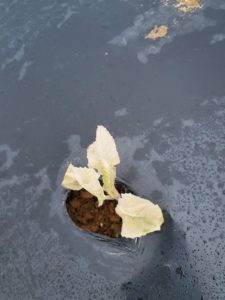
Cold injury on young cauliflower plant (photo: K. Holmstrom)
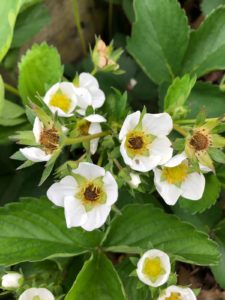
Frost damage in strawberry (photo: T. Besancon)

Cold injury on sweet corn under low tunnel. (photo: M. Casella)
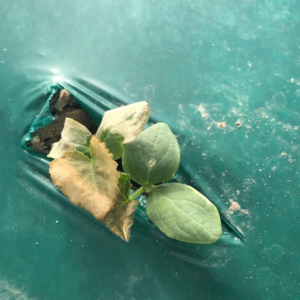
Cold injury on cucumber seedling (photo: M. Casella)
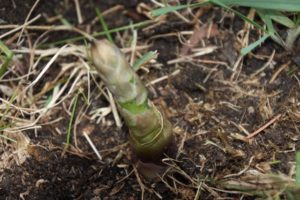
Cold injury in emerging asparagus spear (photo: Rick VanVranken)
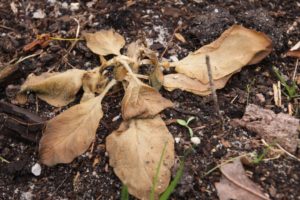
Freezing of young potato plant (photo: Rick VanVranken)
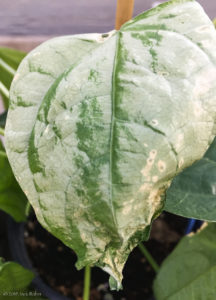
Cold injury on snap bean. (photo: Jack Rabin)
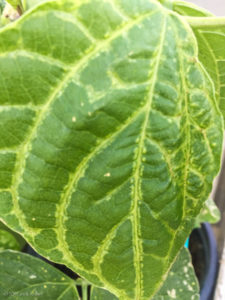
Freeze damage caused by ice crystal formation in veins of snap bean (photo: Jack Rabin)
